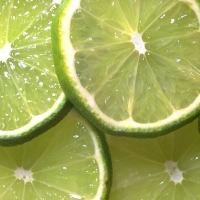What are Key Limes
-
 aussie_meat_pie
15 years ago
Flag
aussie_meat_pie
15 years ago
Flag
Have a comment? Join this group first →
Group Details

- Creator
-
aussie_meat_pie

- Type
- Public
- Members
- 21
- Age
- 15 years ago
- Activity
- low
- Membership
- Join the Group
Did you know?
You can find quick links to all discussions you've taken part in via the "Discussions" tab.
